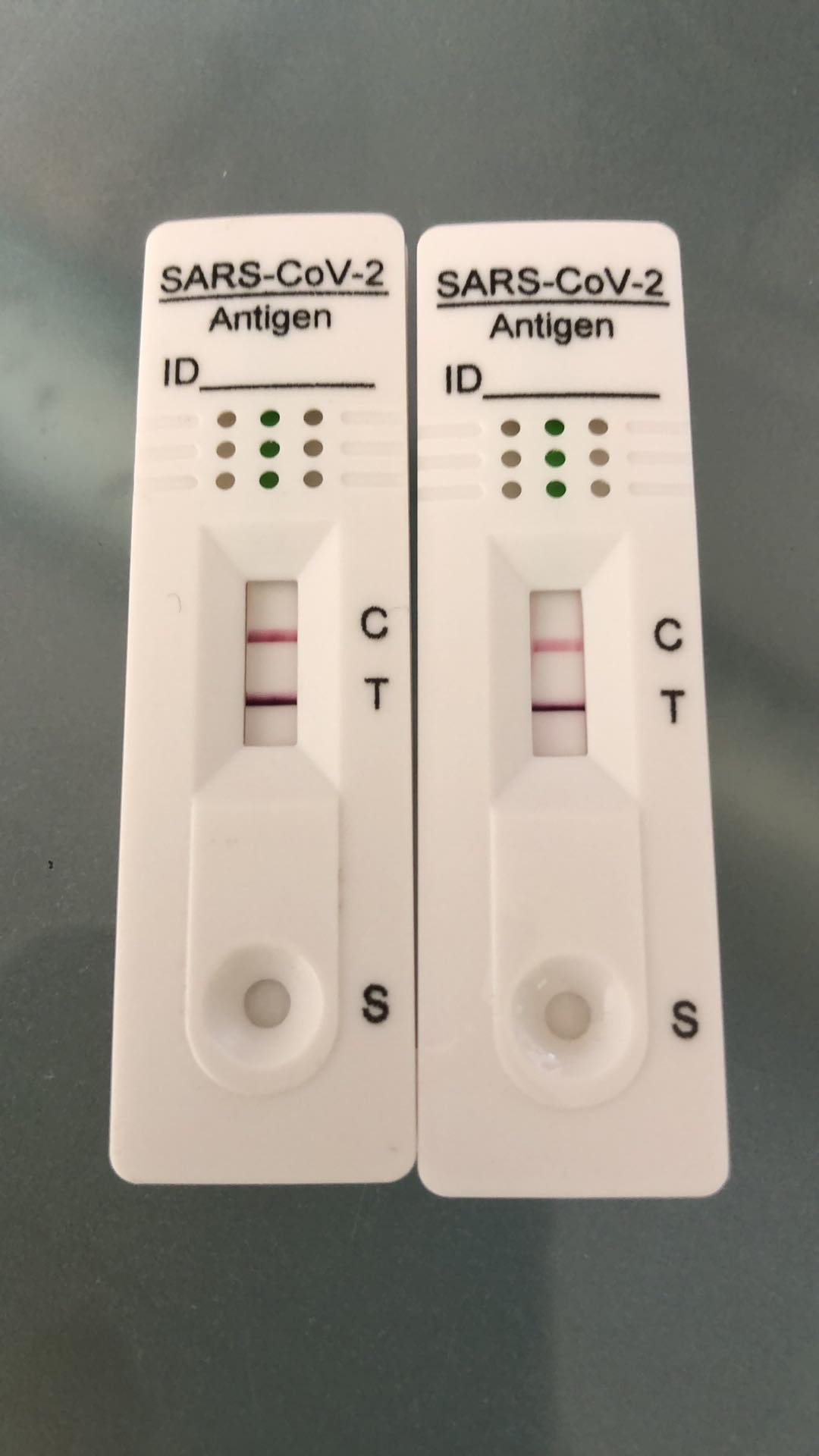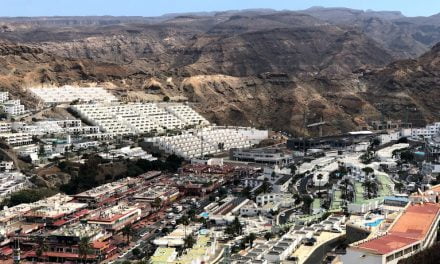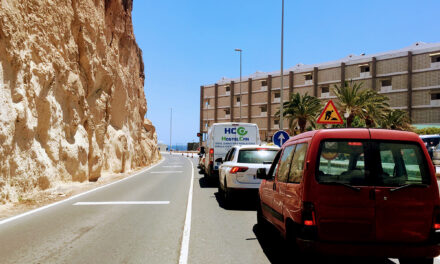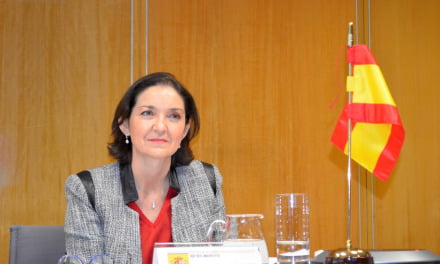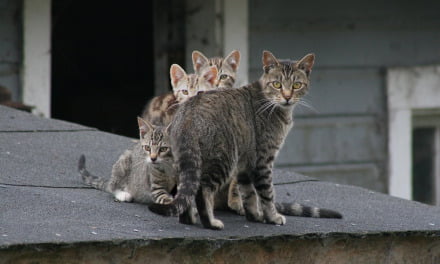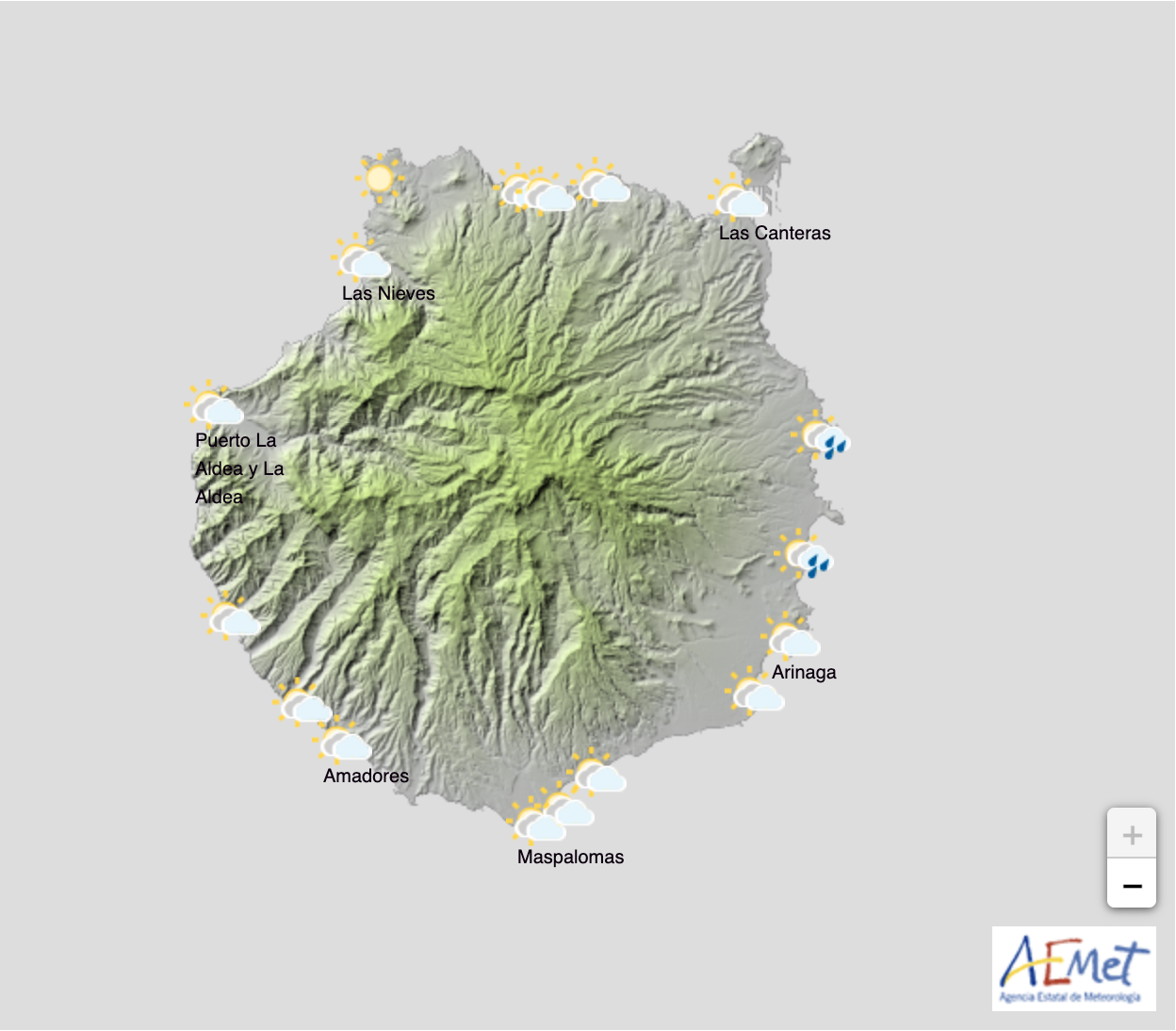Gran Canaria has returned to Alert Level 3 due to rising infections. In reality, for now, that does not mean any serious increase in restrictions, with masks, hand washing and social distancing being our primary tools to combat further increases. Nonetheless most appear to have ditched even those simple measures, and so it may take some serious effort to get people to refocus themselves on breaking the chain of transmission. For now most measures remain suspended, as we detailed back in march here on The Canary News
It appears, now, that we are in the grip of a 7th wave of the pandemic, with nearly 20% of available hospital beds currently occupied by coronavirus patients. Despite this early data the regional government have thus far ruled out a 4th round of vaccine jabs for anyone under the age of 60, though that position may change depending on how severe the current wave looks to become, and as we head towards our third winter dealing with a pandemic that seems far from over, no matter how much new normality we have all tried to return to.
Stay safe, be kind, look after yourselves, and each other.
From Saturday The Canary Islands suspends all restrictions and maintains prevention measures
Article from march on the suspension of covid measures
 The Ministry of Health has this Thursday updated the health alert levels following the General Directorate of Public Health’s epidemiological report, carried out in accordance with the latest new Surveillance and Control Strategy critera for Covid-19, following the acute phase of the pandemic, and based on indicators such as use of assistance services.
The Ministry of Health has this Thursday updated the health alert levels following the General Directorate of Public Health’s epidemiological report, carried out in accordance with the latest new Surveillance and Control Strategy critera for Covid-19, following the acute phase of the pandemic, and based on indicators such as use of assistance services.
According to the report, Gran Canaria rises to Alert Level 3 once more and La Palma to Alert Level 2, both based on the evolution of the indicator for the use of conventional beds, which is now at High Risk, while for the moment the use of ICU beds is not has been affected.
The rest of the islands currently remain at the same alert level as they were: Tenerife at Level 2, for Medium Risk, and Lanzarote (where La Graciosa is included epidemiologically), Fuerteventura, La Gomera and El Hierro are all at Level 1, or Low Risk.
The indicators of the use of health services, based on the occupation of hospital beds, are the fundamental markers for the current severity of covid-19, and are taken into consideration to determine the level of health risk. Five alert levels are established (from 0 to 4) that assess whether the situation is one of controlled circulation, which would be the 0, or low (1), medium (2), high (3) or very high risk (4).
Healthcare indicators
Throughout the Canary Islands’ autonomous community as a whole, the daily average for conventional hospital beds occupied by Covid-19 patients is now at 18.5%. The level of risk remains at Medium for the Canary Islands. Gran Canaria has been consolidated at high risk levels and La Palma also rises to high risk. Tenerife and El Hierro remain at medium risk, Fuerteventura is oscillating between medium and low risk, Lanzarote between the low risk and controlled circulation, and La Gomera remains in controlled circulation.
Stable trend in ICU bed occupancy
The number of ICU beds occupied stands at 25 beds on average over the last week, with an occupancy percentage continuing at 4.6% of those available, meaning that the indicator remains at controlled circulation throughout the Autonomous Community as a whole, and on all the islands individually, except for on Tenerife and Gran Canaria, which have now risen to the Low Risk marker.
ICU beds occupation per 100,000 inhabitants remains at 1.06 and on most of the islands this marker is still in controlled circulation, except for Gran Canaria and Tenerife, which are now at a Low Risk levels, and on La Palma, which has been oscillating between low risk and controlled circulation.
Incidence in people older than 60 years
Throughout the Autonomous Community as a whole, the Accumulated Incidence rate at seven days (AI7) for people over 60 years of age has risen by five percent compared to the week previous. Most of the islands are now at high risk levels, with the exception of La Palma, which has remained at medium risk, and La Gomera, which drops to medium risk this week.

